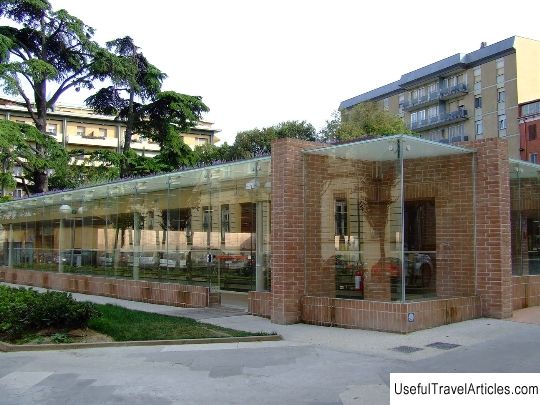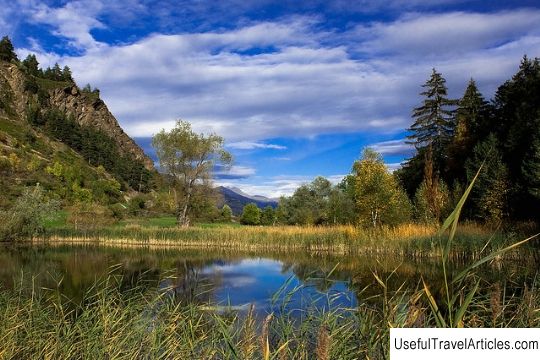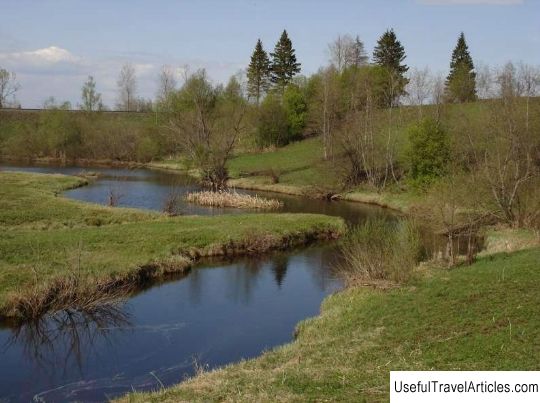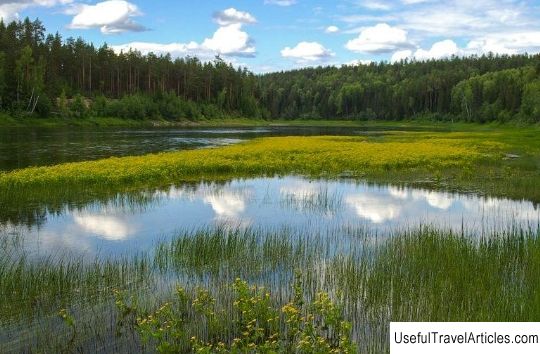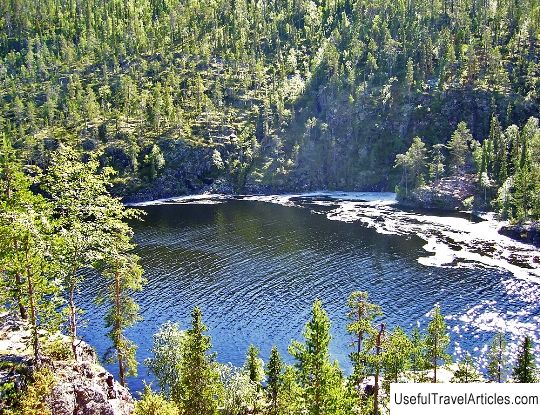Polistovsky Reserve description and photos - Russia - North-West: Pskov Region
Rating: 9,4/10 (1700 votes) 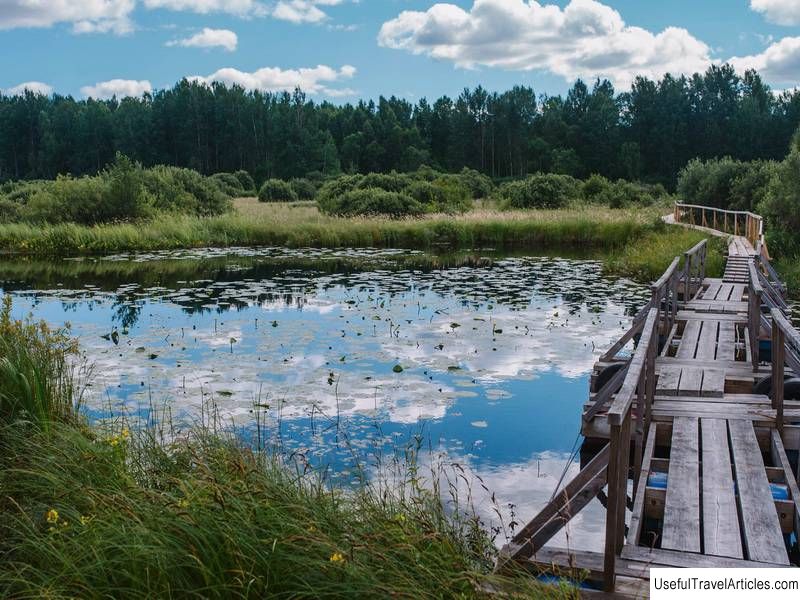
Polistovsky Reserve description and photos - Russia - North-West: Pskov Region. Detailed information about the attraction. Description, photos and a map showing the nearest significant objects. Photo and descriptionPolistovsky Reserve is a natural state reserve located in the Pskov region. It was created on May 25, 1994. Its total area is almost 38 thousand hectares. Along the perimeter of the entire protected area, there is a buffer zone occupying 17.3 thousand hectares. The climate of this area can be assessed as temperate continental, more similar to the sea, because the average annual air temperature is about + 5 ° C, and the duration of the growing season is 175 days. The approximate duration of the relatively warm season is 145 days. The State Polistovsky Reserve is located in the Bezhanitsky District of the Pskov Region. It was organized during 1994 to study and preserve the swamp massif, stretching in the southern taiga - this is the Polisto-Lovatskaya system of bogs located on the Valdai Upland, namely on the watershed of such rivers as Lovat and Polist. This system is one of the largest systems and the best preserved in the European part of Europe. The protected wetlands fully comply with the criteria of the Ramsar Convention, which includes wetlands that are recognized as protected at the international level. In 1973, the Polistovskaya system of the upper bogs was included in the list of bogs belonging to the international project called Thelma, due to the fact that this bog system is one of the largest in the whole of Europe. The territorial possessions of the reserve are of the greatest value not only in floristic, but also in faunistic terms. The Polistovsky Nature Reserve is a research, nature conservation, ecological and educational center of honorable federal importance. The main purpose of the creation of the reserve was the preservation of natural complexes in their natural state. In addition, the Polistovsky nature reserve became one of the first bog reserves in Russia. If we judge the reserve according to its location and landscape, then we can say that the largest reserved lakes are located in groups throughout the distribution zone. In the protected area there is a northern group, which consists of three lakes - Kokorevskoye, Mezhnitskoye and Russkoye, which at one time were a large single lake. On the shores of the lakes, there are long, rather winding, peculiar lakes or hollows-lakes, the depth of which reaches 3 meters. Also, among the moss cover, you can find a large number of scattered lakes forming ridge-lake complexes. As for the flora, most of it in the Polistovsky Reserve is represented by sphagnons, as well as cotton grass, heather, cassandra and lichens. Here you can find a particularly rare form of pine, the height of which does not exceed one meter. In the hollows, there is a whole complex of vegetation - marsh sedge, marsh sedge and sphagnum sphagnum. Of the trees on the territory, to a greater extent, spruce-small-leaved, as well as spruce forests predominate, in which oak, maple, linden, Leshina are found, and ash and elm in the coastal zones. In extended marsh territories you can see the nests of very rare birds listed in the Red Book of Russia. This site has the largest population of the Great Curlew, represented by more than 600 pairs. The golden eagle, white-tailed eagle, gray shrike, golden plover, black stork, osprey are found throughout the reserve. Birds are represented by 205 species, among which are the orders of falconiformes, charadriiformes and passerines. In addition, 31 species of mammals, 2 species of fish, 3 species of reptiles and 2 species of amphibians live here.           We also recommend reading Church of St. Nicholas (Sint-Niklaaskerk) description and photos - Belgium: Ghent Topic: Polistovsky Reserve description and photos - Russia - North-West: Pskov Region. |
